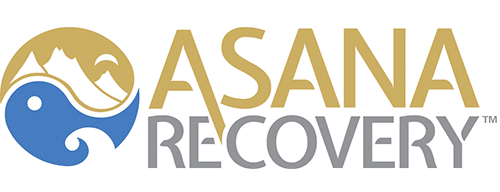In July 2015, Time Magazine published an article entitled “Heroin Use in U.S. Reaches Epidemic Levels.” The article stated that heroin use in the United States had increased 63 percent in just over a decade.
According to the Centers for Disease Control and Prevention (CDC), this trend has affected virtually all groups. Not only has heroin use increased among men and women, most age groups, and all income levels, but the CDC reported that some of the largest increases occurred in groups traditionally associated with lower rates of heroin use: women, the privately insured, and people with higher incomes.
What had led to the resurgence in the popularity of heroin? One of the most frequently cited explanations is the similar increase in the abuse of prescription painkillers.
Not only are more people being prescribed opioids to deal with pain, but many others are abusing painkillers illegally. According to U.S. News and World Report, American doctors prescribed enough painkillers during a single month in 2010 to medicate every American around the clock for an entire month.
As medical professionals have made more concerted efforts to prevent painkillers from getting into the wrong hands, often leading to people turning to heroin. Another important factor in the rise of heroin concerns an increase in the simple supply of the drug. According to the Economist, Mexican land being used to grow opium poppies (from which heroin is derived) increased tenfold during the first decade of the 21st century.
Surveys published in the CDC’s Morbidity and Mortality Weekly Report showed heroin use increased 63 percent between 2002 and 2013. Over 8,200 people died of heroin-related overdoses in 2013 and such deaths had nearly quadrupled between 2002 and 2013.
According to the CDC, the group at the highest risk of heroin addiction is non-Hispanic white males between 18 and 25 years of age. People living in large metropolitan areas are also more susceptible to heroin addiction.
While the CDC says black Americans between the ages of 45 and 64 had the highest heroin death rates at the turn of the century, the highest rate now belongs to white people between the ages of 18 and 44. A 2013 survey by the U.S. Department of Health and Human Services found that even though teenagers regard heroin as the most dangerous drug, the percentage describing heroin as very risky has decreased since 2002.
Attempting to overcome heroin addiction is a monumental challenge for most every person. Withdrawal symptoms are frequently extreme, and attempts to quit cold turkey are often unsuccessful because many people continue to be exposed to the drug. On top of these issues, several addicts also have other underlying psychological issues.
Asana Recovery fully understands the difficulty of treating an addiction to heroin. In addition to fully assisted detoxification (detox), we also provide residential and outpatient treatment programs.
Do you or your loved one need help overcoming an addiction to heroin? You should not delay in contacting Asana Recovery. You can call (949) 438-4504 to speak to one of our counselors, who are available 24/7.



